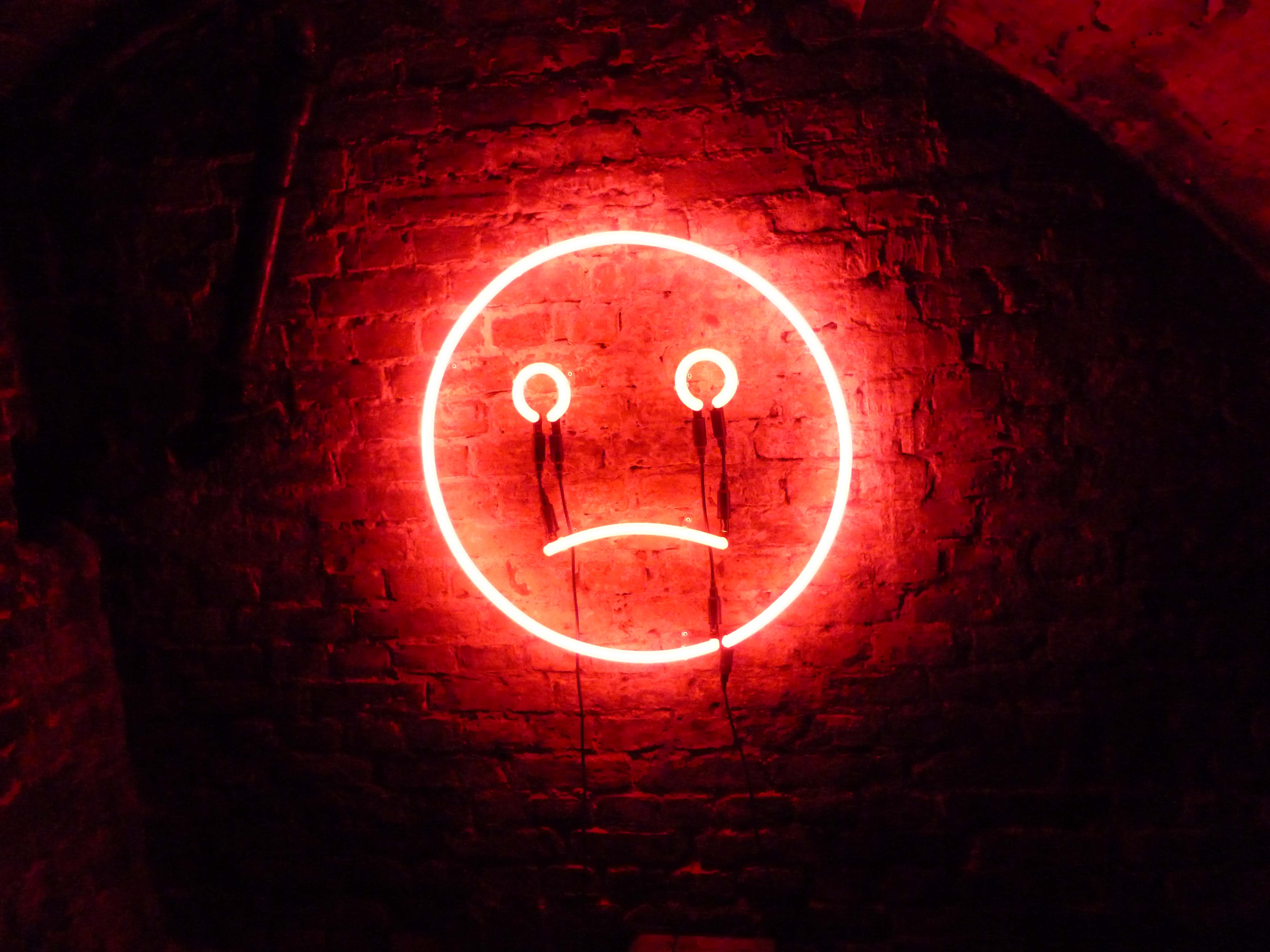wanderlust
Hooray Frowning Faces!

Who’s that old man with sunglasses sitting in the middle of the room? This is my initial thought and with a sense of confusion I deduct that a look at the exhibit’s press release is necessary. But things still don’t became much clearer…The question remains, taking over the my mind’s freedom. A video running on a large screen on one of the walls becomes a possible source of answers and the next necessary step towards more comprehension.
Better people make the world a worse place
The exhibition is conceptually based on “The fable of the bees” a poem written by Bernard Mandeville (philosopher, political economist and satirist) in 1705 where the main subject is the fact that better people make the world a worse place. At the time, Mandeville’s thesis gave great offense to contemporary readers and has always been stigmatized as false, cynical and degrading.
Elaborating on the main subject of the poem, Jan Hammer’s video uses an actor to narrate an explanation with different examples of how this thesis can actually be seen in reality. The fast and complex English along with the at times abstract subject makes following the explanation a bit difficult, but the anti-capitalist criticism is clear; strongly political and economical, the video demonstrates how virtue is actually detrimental to the state in its commercial and intellectual progress. Vices apparently connected to luxurious living, stimulate society into action and progress.
The money trap
After the 7 minute long video, the perception of the silent and still man in the middle of the room changes. He’s a concrete example of how we’re locked into money and it’s concept. He’s a guard; the guard of his own metal box, or safe, the contents of which he will personally collect at the end of his assignment as a performer.

In the search for the perfomer, the artist was looking for an experienced, expressive person, and succeeding in his research the man never was part of the art scene before, but he comes from many different backgrounds: a real guard, a soldier, a kickboxing fighter. So I’ll recommend that you do not touch his metal box or he will not hesitate to intimidate you with more than one of his short-cut cold answers!
No empty walls please!
Impressed by the strength of the two installations, I notice one last thing that fills the exhibit space. A small picture in the end of the room depicts a naked women that’s being hugged by two arms from the back. It’s an old picture that Hammer found a long time ago. How does it relate to the other elements? Another challenge for the mind: it’s poetic atmosphere is in dissonance with what we just saw, it’s a different level of language, less informative, less critical, and more emotional. Is it a poetic metaphor of how we allude ourselves to be safe in the arms of economics?
Stepping out, a red light attracts the eyes, leading me under the staircase where a neon sad smiley face on the wall reminds me that the complexity that I just experienced is part of the real world that I’m about to re-enter, hopefully this time with a slightly different perspective.
- Supportico Lopez, “Jan Peter Hammer. The Fable of the Bees”, January 13th – February 11th 2012, Wednesday – Saturday 2pm – 7pm
Be the first to write a comment.
Your feedback
